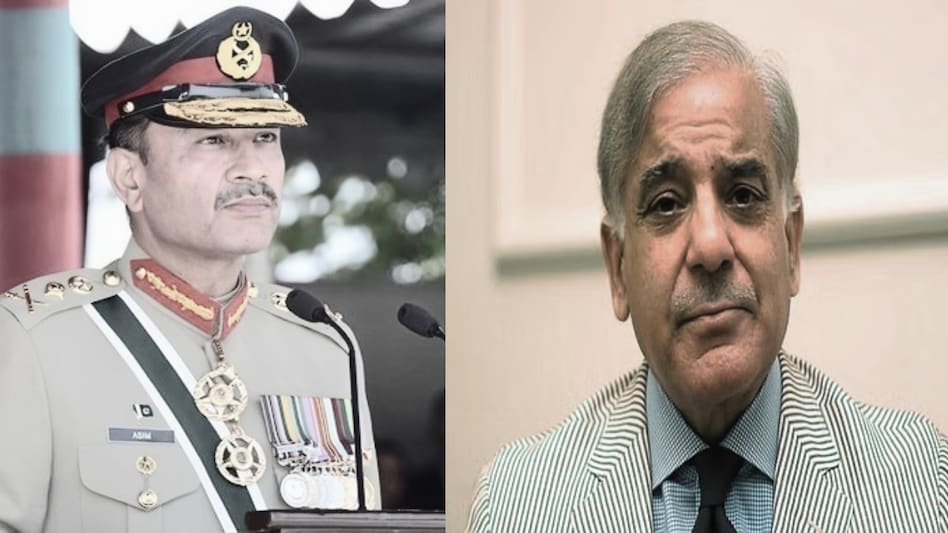 Around 35-40 Pakistani armed forces personnel lost their lives as a result of Operation Sindoor.
Around 35-40 Pakistani armed forces personnel lost their lives as a result of Operation Sindoor. 
 Around 35-40 Pakistani armed forces personnel lost their lives as a result of Operation Sindoor.
Around 35-40 Pakistani armed forces personnel lost their lives as a result of Operation Sindoor. Pakistan dialled India twice to seek the cessation of firing, including a formal message from its Director General of Military Operations (DGMO) on May 7 evening. Islamabad reached out to New Delhi days before a truce between the two nations was officially announced, India Today reported, citing government sources.
Officials, however, found Islamabad's initiatives to seek peace questionable since it simultaneously attacked Indian military and civilian facilities.
The death toll from Operation Sindoor continues to rise in Pakistan. At present, the casualty figures in Pakistan from Operation Sindoor now stand at more than 160, sources added. These 160 individuals include over 20 people in Bahawalpur, including the relatives of Jaish-e-Mohammed (JeM) chief Masood Azhar.
Around 35-40 Pakistani armed forces personnel lost their lives as a result of Operation Sindoor. Pakistan Army, however, has officially acknowledged only 11 military casualties and 78 injured. The revelations come days after External Affairs Minister S Jaishankar told a parliamentary consultative committee that Pakistan was informed 30 minutes after Operation Sindoor's phase 1 ended.
He also mentioned that the ceasefire between India and Pakistan came into effect after direct communication between the DGMOs of both countries, which was initiated by Islamabad. Jaishankar reportedly assured the MPs that India acted with precision and only terror infrastructure was targeted.
Commenting on the US' role in brokering the ceasefire between India and Pakistan, he said India's stance was clearly and curtly communicated. He said that New Delhi told Washington DC: "They fire, we fire. They stop, we stop".
He also said that when US Secretary of State Marco Rubio shared intelligence inputs about a potential large-scale retaliation by Pakistan. To this, India said: "If Pakistan escalates, we are ready to respond in kind."
India launched Operation Sindoor on May 7 to target terror infrastructure in Pakistan, retaliation for the April 22 Pahalgam attack. Islamabad attempted retaliatory strikes on Indian bases, responding with a strong counter-offensive.